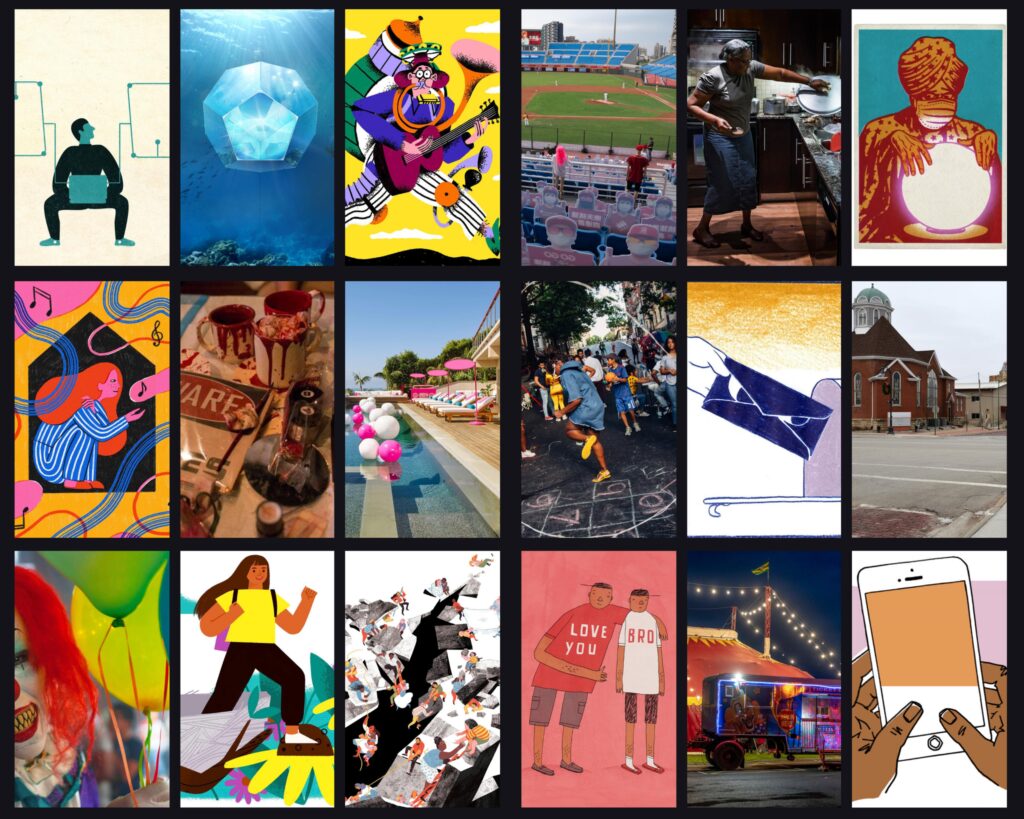Video games offer a unique platform for storytelling that uses art and animation techniques to captivate players. These techniques, from character and level design to animation, create immersive and visually stunning experiences that transport players to new worlds. The interactivity of video games allows for player agency and the ability to shape the story based on their decisions and actions. Gameplay can also incorporate narrative elements seamlessly, making it a storytelling medium itself. Storyboarding is essential for game designers to ensure the art, animation, and gameplay work in harmony to communicate the game’s narrative. Video games are powerful tools for storytelling that engage, challenge, and inspire players.
Introduction
Video games are a modern form of entertainment that have taken the world by storm. With their immersive gameplay, engaging narratives, and stunning visuals, video games have emerged as a powerful medium for storytelling. Game designers use a variety of art and animation techniques to convey complex narratives to players. This article aims to explore how video games employ art and animation to convey narratives and how these techniques contribute to the overall gaming experience
The Role of Art in Game Design
Art plays a crucial role in video game design. It sets the tone for the game, establishes the game’s visual identity, and creates a sense of immersion for the player. Games are designed to be visually appealing, and art plays a significant role in achieving this objective. From character design to level design, every aspect of a game is carefully crafted to create an immersive and visually stunning experience for players.
Animation in Gaming
Animation is also an essential component of video game design. It brings characters and environments to life, adding a level of interactivity that enhances the gaming experience. Characters move and respond to player actions, and environmental elements react to the player’s interactions. This level of interaction creates a sense of presence, where players feel like they are actively participating in the game’s universe.
The Narrative Potential of Games
Perhaps the most significant advantage of video games as a medium for storytelling is their interactive nature. Unlike films or books, video games allow players to actively engage with the narrative, shaping the story based on their decisions and actions. This interactivity creates a level of player agency, where the player’s actions have consequences that affect the game’s narrative.
Gameplay as Narrative
Gameplay itself can be used as a storytelling medium. Narrative elements can be integrated into the gameplay mechanics themselves, creating a seamless blend of narrative and gameplay. For example, puzzle-solving mechanics can reveal clues that move the story forward, while combat mechanics can reveal character strengths and weaknesses or shape the player’s relationship with certain story elements. This creates a sense of immersion where the player is not only experiencing the story but actively shaping it through gameplay.
The Importance of Storyboarding
Storyboarding is an essential tool for game designers to ensure that the art and animation work in harmony to convey the game’s narrative. Storyboards help designers visualize how the game’s narrative will unfold and how the art and animation will work together to communicate those elements. Storyboards also help designers anticipate how players will interact with the game and how that interaction will affect the narrative. This level of planning is critical for creating a cohesive gaming experience where art, animation, and gameplay work in harmony to tell a powerful story.
Conclusion
Video games are a unique medium for storytelling that employs a variety of art and animation techniques to convey complex narratives. Game designers use these tools to create immersive and visually stunning experiences that transport players to new worlds and challenge them to explore new ideas. Art and animation are not only essential components of video game design but are also powerful tools for conveying narratives that engage, challenge, and inspire players.
